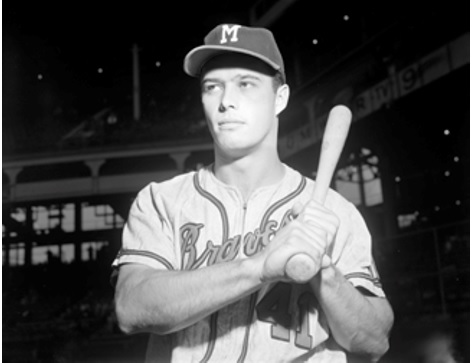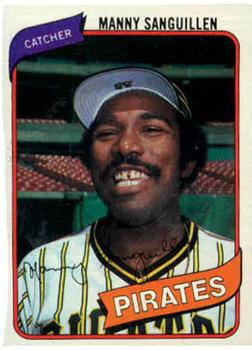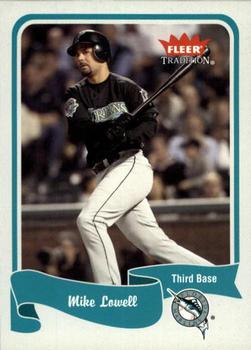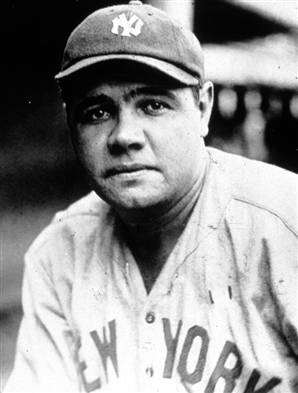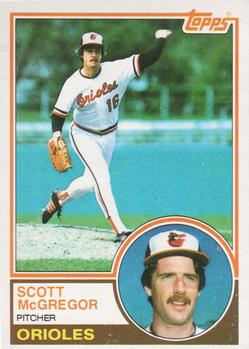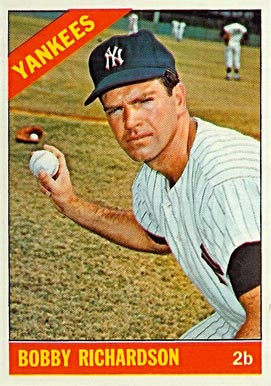October 14, 1973: Willie Mays helps Mets prevail over A’s in 12 innings in Game Two
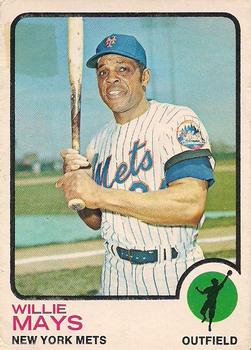
After losing a tight 2-1 decision in Game One of the 1973 World Series, the New York Mets hoped to salvage a split of the first two games against the Athletics in front of 49,151 spectators on a Sunday afternoon in Oakland. The starters for Game Two, the Mets’ Jerry Koosman and the Athletics’ Vida Blue, were two of the top lefties in the majors, so another pitching duel appeared to be the order for the day.
That turned out not to be the case, however, as both starters were long gone by the time New York finished a 10-7 victory in 12 innings that took a record 4 hours and 13 minutes to complete.1 Though 17 runs were scored in the game, the focus was on the many errors that affected the game’s course and final outcome. The A’s committed five errors – one short of the record set by the Chicago White Sox in Game Five of the 1917 World Series against the Mets’ predecessors, the New York Giants – and their last two errors cost them the game.
The A’s struck immediately against Koosman, taking a 2-0 lead in the bottom of the first. Cleon Jones belted a homer to lead off the second and cut the lead in half, but Oakland quickly recouped that run in the bottom of the frame when Joe Rudi’s single drove home Bert Campaneris, who had hit a one-out triple. Wayne Garrett launched the Mets’ second solo homer of the day in the top of the third to close the gap to 3-2.
In the bottom of the third Gene Tenace drew a one-out walk, Jesus Alou singled, and Ray Fosse was safe on Koosman’s errant throw to first baseman John Milner. Manager Yogi Berra gave his starter a quick hook and brought in reliever Ray Sadecki, who managed to escape the bases-loaded jam without allowing another run and then pitched a scoreless fourth.
After Harry Parker kept the A’s off the board in the fifth, the Mets took their first lead in the top of the sixth. Blue issued a one-out walk to Jones and allowed a single to Milner, causing his day on the mound also to come to an end. Reliever Horacio Pina threw gasoline on the fire rather than throwing strikes past Mets batters. He hit Jerry Grote with a pitch and allowed consecutive RBI singles by Don Hahn and Bud Harrelson, after which he was quickly pulled from the mound by Oakland manager Dick Williams. Pina’s successor, Darold Knowles, did not fare any better as he “awkwardly tumbled down the mound while fielding a bases-loaded comebacker”2 from Jim Beauchamp and flipped an errant throw to catcher Fosse that allowed two additional runs to score and gave the Mets a 6-3 advantage. Knowles settled down and kept New York from inflicting further damage over the course of 1⅔ innings of work.
Tug McGraw, the Mets’ fourth pitcher of the day, took the mound in the bottom of the sixth. From that point through the eighth inning, he allowed only one run, which scored when Reggie Jackson drove home Campaneris with a double in the seventh.
In the top of the ninth, with the score still 6-4, Rusty Staub hit a leadoff single against Blue Moon Odom and was replaced by pinch-runner Willie Mays. The “Say Hey Kid” was playing out his final season and no longer had the spring of youth in his step, a fact that soon became evident. After Jones fouled out, Milner rapped a single to right field on which Mays should have been able to reach third, but Mays missed second base and then stumbled and fell. After the game, the 42-year-old Mays explained, “Rather than embarrass myself, I stopped. I don’t know how it happened that I missed the bag. I guess it was trying to do two things at the same time – watch the ball and touch the bag.”3 Mays’ misstep on the basepaths turned out to be inconsequential as Grote fouled out and Hahn grounded out to shortstop for the third out.
Of greater importance was Mays’ next mishap with his footing after he took his familiar position in center field in the bottom of the inning. Oakland pinch-hitter Deron Johnson led off with a long fly ball to center field. Mays lost sight of the ball and “then slipped, pitching headlong on the turf and tried to reach out at the last instant with his bare hand to grab it”4 as the ball got past him for a double. Broadcaster Curt Gowdy lamented on air, “Ten years ago he would have put that ball in his back pocket.”5 Mays later admitted, “I didn’t see the ball. I tried to dive for it [at] the last second. We had a two-run lead and I shoulda played it safe.”6
After McGraw retired Campaneris and Rudi, he walked Sal Bando and then surrendered back-to-back RBI singles by Jackson and Tenace that knotted the game, 6-6. McGraw set down Alou for the final out and – in spite of having pitched two innings in Game One the previous day – remained in the game and set the A’s down in order in the 10th and 11th innings.
The Mets had a chance to take the lead in the top of the 10th after Harrelson led off with a single, reached second on McGraw’s sacrifice bunt, and went to third when Garrett reached base on an error by Tenace at first base. Felix Millan stepped to the plate and hit a fly ball to short left field, but third-base coach Eddie Yost still sent Harrelson home. Almost 40 years later, Harrelson still recalled the play vividly:
[I] tried to stay up as long as I could to block catcher Ray Fosse’s view of the throw. Willie Mays … was the on-deck hitter and on his knees signaling me to slide, but I saw Fosse reaching down for the ball and I figured my best bet was to go in standing up. … I was safe, only plate umpire Augie Donatelli didn’t agree.7
Mays, still on his knees, pleaded Harrelson’s case to Donatelli to no avail, as did Berra and the rest of the Mets, and the game remained tied until the top of the 12th.
In the fateful 12th, Mays found redemption for his misplay in the ninth, and the game’s goat horns passed to A’s second baseman Mike Andrews. Mays came to bat with Harrelson on third, McGraw on first, and two outs. After swinging and missing on Rollie Fingers’ first offering, Mays swung at the second pitch and “slapped it straight back, a bounder that hopped high over the pitcher’s head and skipped on into center field”8 and drove in Harrelson with the go-ahead run. Sadecki, by now watching the game in the clubhouse, asserted later, “He had to get a hit. This game was invented for Willie Mays a hundred years ago.”9 It turned out to be the last hit of Mays’ storied Hall of Fame career.
After Jones singled to load the bases, Paul Lindblad relieved Fingers. Milner tapped a ball up the middle for what should have been the third out, but the ball bounced through Andrews’ legs, allowing McGraw and Mays to score. On the next play, Andrews fielded Grote’s grounder cleanly but threw slightly wide of first, where umpire Jerry Neudecker ruled that first baseman Tenace had been drawn off the bag by the throw and that Grote was safe; Andrews was charged with his second error on the play.10 Television replays showed Neudecker’s call to be incorrect – Tenace’s foot was still on the bag when he received the throw ahead of Grote’s arrival11 – but it nevertheless allowed Jones to score and increased New York’s lead to 10-6. Lindblad retired Hahn, but the A’s now found themselves in a deep hole.
A fatigued McGraw allowed a leadoff triple to Jackson and walked Tenace before Berra pulled him in favor of George Stone. Alou promptly knocked home Jackson with a single, but Stone bore down to earn the save – McGraw got the win – after Campaneris grounded to Harrelson for the final out of the game.
NOTES
1 Lowell Reidenbaugh, “Tug’s Battle Cry Inspires Mets: ‘You Gotta Believe,’” The Sporting News, October 27, 1973: 10.
2 Jason Turbow, Dynastic, Bombastic, Fantastic: Reggie, Rollie, Catfish, and Charlie Finley’s Swingin’ A’s (Boston: Houghton Mifflin Harcourt, 2017), 154.
3 “Say-Hey Days Seem Gone for Ol’ Willie,” Chicago Tribune, October 15, 1973: 80.
4 “Say-Hey Days Seem Gone for Ol’ Willie.”
5 Matthew Silverman, Swinging ’73: Baseball’s Wildest Season (Guilford, Connecticut: Lyons Press, 2013), 175.
6 Red Smith, “The Game They Invented for Willie,” New York Times, October 15, 1973: 43.
7 Bud Harrelson with Phil Pepe, Turning Two: My Journey to the Top of the World and Back With the New York Mets (New York: St. Martin’s Press, 2012), 151. Television replays showed that Harrelson was safe; however, in 1973, instant replay was not yet used to confirm or overturn calls on the field, so Donatelli’s controversial call stood.
8 Smith, “The Game They Invented for Willie.”
9 Smith, “The Game They Invented for Willie.”
10 Andrews had been dealing with a long-term shoulder injury, which may explain his poor throw on what should have been a routine play. Oakland owner Charlie O. Finley was so irate with Andrews that immediately after the game he had Andrews examined by team orthopedist Dr. Harry Walker whom Finley ordered to declare Andrews to be disabled. Walker grudgingly complied, and Finley coerced Andrews into signing a memo in which he agreed with the diagnosis. A’s players were so upset with Finley that they threatened to strike and not play Game Three in New York. Commissioner Bowie Kuhn stepped in and ordered Finley to reinstate Andrews in time for Game Three, and the potential disaster of a World Series forfeit by the Oakland A’s was averted. (A comprehensive account of the entire episode between Finley and Andrews can be found in Turbow, 155-170).
11 Turbow, 156. Once again, with replay not yet in use on the field, Neudecker’s call stood, just as Donatelli’s call on Harrelson had in the 10th inning.
Additional Stats
New York Mets 10
Oakland Athletics 7
12 innings
Game 2, WS
Oakland-Alameda County Stadium
Oakland, CA
Box Score + PBP:
Corrections? Additions?
If you can help us improve this game story, contact us.



